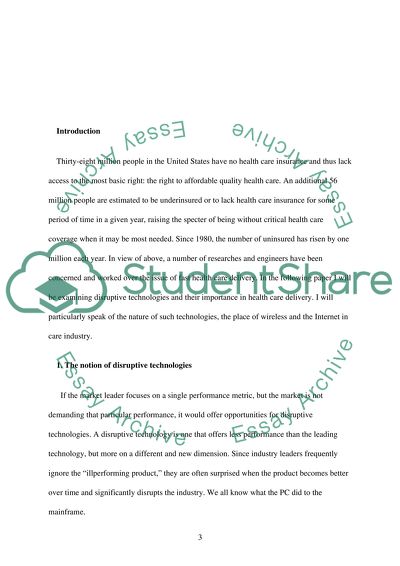Cite this document
(“The Notion of Disruptive Technologies Essay Example | Topics and Well Written Essays - 3250 words”, n.d.)
The Notion of Disruptive Technologies Essay Example | Topics and Well Written Essays - 3250 words. Retrieved from https://studentshare.org/technology/1499632-health-care-essay
The Notion of Disruptive Technologies Essay Example | Topics and Well Written Essays - 3250 words. Retrieved from https://studentshare.org/technology/1499632-health-care-essay
(The Notion of Disruptive Technologies Essay Example | Topics and Well Written Essays - 3250 Words)
The Notion of Disruptive Technologies Essay Example | Topics and Well Written Essays - 3250 Words. https://studentshare.org/technology/1499632-health-care-essay.
The Notion of Disruptive Technologies Essay Example | Topics and Well Written Essays - 3250 Words. https://studentshare.org/technology/1499632-health-care-essay.
“The Notion of Disruptive Technologies Essay Example | Topics and Well Written Essays - 3250 Words”, n.d. https://studentshare.org/technology/1499632-health-care-essay.


